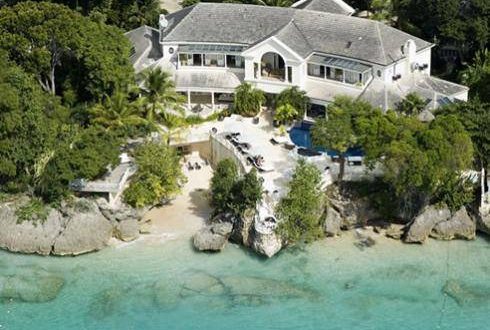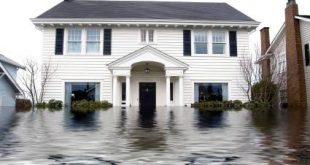According to the National Association of Realtors 2011 Report regarding investment and vacation home sales during 2010, the report revealed that these sales were quite steady. Vacation homes sales represented 10% of all sales transactions during 2010, while investment sales presented 17%, unchanged from 2009. Statistics show that with tight credit conditions, a large number of buyers purchased their second home or investment property with cash. In fact, more buyers paid cash during 2010 than ever. Fifty-nine percent of investment buyers used cash for their transactions, and 36% of vacation home buyers paid cash as well. Although the number of vacation home sales was down 1.8% to 543,000 from 553,000 in 2009. Investment home purchases fell 7.8% to 867,000 during 2010 from 940,000 in 2009. Also, primary residence sales were down 5.6% to 3.81 million from 4.04 million in 2009. Second home buyers purchased more distressed and foreclosed homes than primary residence buyers.
Typical vacation home buyers were 49 years old with a median household income of $99,500 and purchased property located at least 375 miles from their primary residence. Thirty-one percent of vacation homes were within 100 miles and 41 percent were more than 500 miles. The median vacation-home price during 2010 was $150,000, down 11.2% the previous year and the median investment-home price was $94,000, down 10.5 from 2009. Investment buyers had a median age of 45, with an average income of $87,600 and usually purchased a home closer to their primary residence within 19 miles.
Right now the affordability factor for people to enter the vacation and investment home market is high. The demand for second homes and vacation homes is expected to remain high as more people reach the ages of 30 and 40, which is the prime age for purchasing a second home or investment property according to the NAR. With approximately 40.7 million people in the U.S. between the ages of 50-59, and accounting for a majority of buyers who have previously purchased a second home and investment property, we are now looking at an additional 43.8 million people in the 40-49 year range and another 40 million in the 30-39 year range. Surveys show that vacation home buyers are primarily buying homes for their family use, and investment buyers are purchasing properties to generate rental income. When asked, 34% of vacation home buyers said they are planning on using their vacation home in the future as their primary residence.
Twenty-one percent of investment buyers and 14 percent of vacation buyers said they purchased property for a family member, some of whom purchased a property for their child to live in while attending college. Vacation home buyers said they were planning on keeping their property an average of 13 years, while investment buyers said they were planning on keeping their property an average of 10 years. By regions, 36% of vacation homes were purchased in the South, 27% in the West, 19% in the Northeast,15% in the Midwest
and 3% outside the U.S. Thirty-two percent of investment properties were purchased in the South, 24% in the West, 21% in the Northeast and 20% percent in the Midwest and 3% outside the U.S. During 2010, there were 7.9 million vacation homes and 41.6 million investment properties, compared with 74.8 million owner occupied properties.
If you are thinking about purchasing an investment or vacation home, now is the right time. If you have cash, you have an advantage over other buyers to purchase distressed properties at deep discounts at auctions. Also banks that are holding REO inventory and short sale sellers prefer to deal with cash buyers as well. Talk to a local Realtor in the area you are interested in purchasing to find out what properties meet your criteria. Using the Internet is also a good source to find properties and get an idea on home sale prices.






